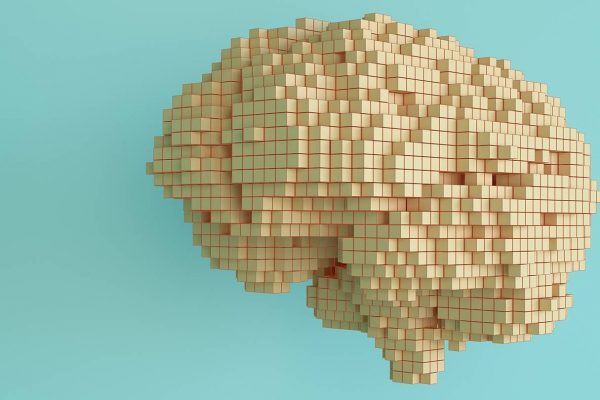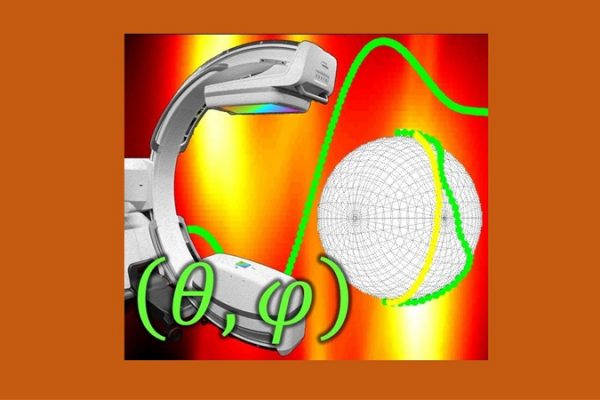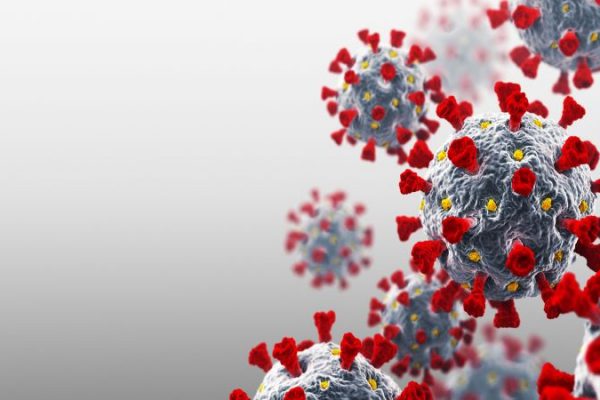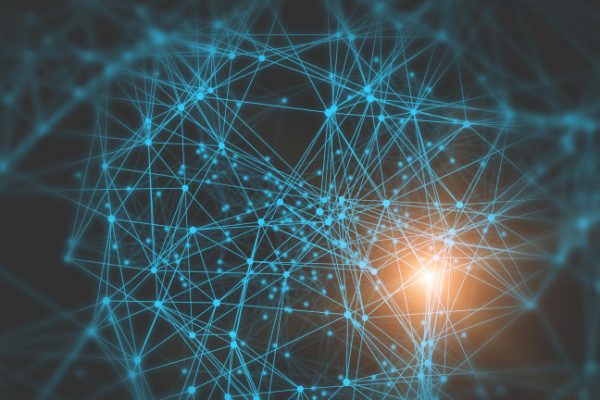By: Catherine Graham

With a little help from AI
- July 21, 2020
- COVID-19Machine Learning and Artificial Intelligence
In a new course offered by computer scientist Mathias Unberath, engineering students design AI systems that integrate seamlessly into human lives.

Johns Hopkins researchers solve imaging scan problems caused by metal implants
- July 10, 2020
- Medical Imaging
John C. Malone Professor Jeffrey Siewerdsen and team solve problem of distorted imaging scans that plague surgeons who need to use them to assess the placement of metal implants.

New research confirms higher rates of new coronavirus in Latinx populations
- July 9, 2020
- COVID-19
A study of testing results across Johns Hopkins Medicine testing sites highlights coronavirus racial disparities in the Baltimore-Washington area.

Mobile COVID-19 testing booths keep healthcare providers safe, CBS Baltimore
- June 25, 2020
- COVID-19
Researchers from University of Maryland, Johns Hopkins University, and the Robert Fischell Institute for Biomedical Devices have developed a mobile testing booth that will give healthcare providers the ability to test patients for COVID-19 without risking their own health.

Artificial Intelligence-based Clinical Decision Support for COVID-19 – Where Art Thou?
- June 17, 2020
- COVID-19
Malone faculty discuss the notable absence of AI-based clinical decision support (CDS) in the early phases of the COVID-19 pandemic, and identify opportunities to improve "AI readiness" for future healthcare challenges.

Radiologists use deep learning to find signs of COVID-19 in chest x-rays
- May 29, 2020
- COVID-19
Johns Hopkins radiologists have found that a deep learning algorithm to detect tuberculosis (TB) in chest X-rays could be useful for identifying lung abnormalities related to COVID-19.